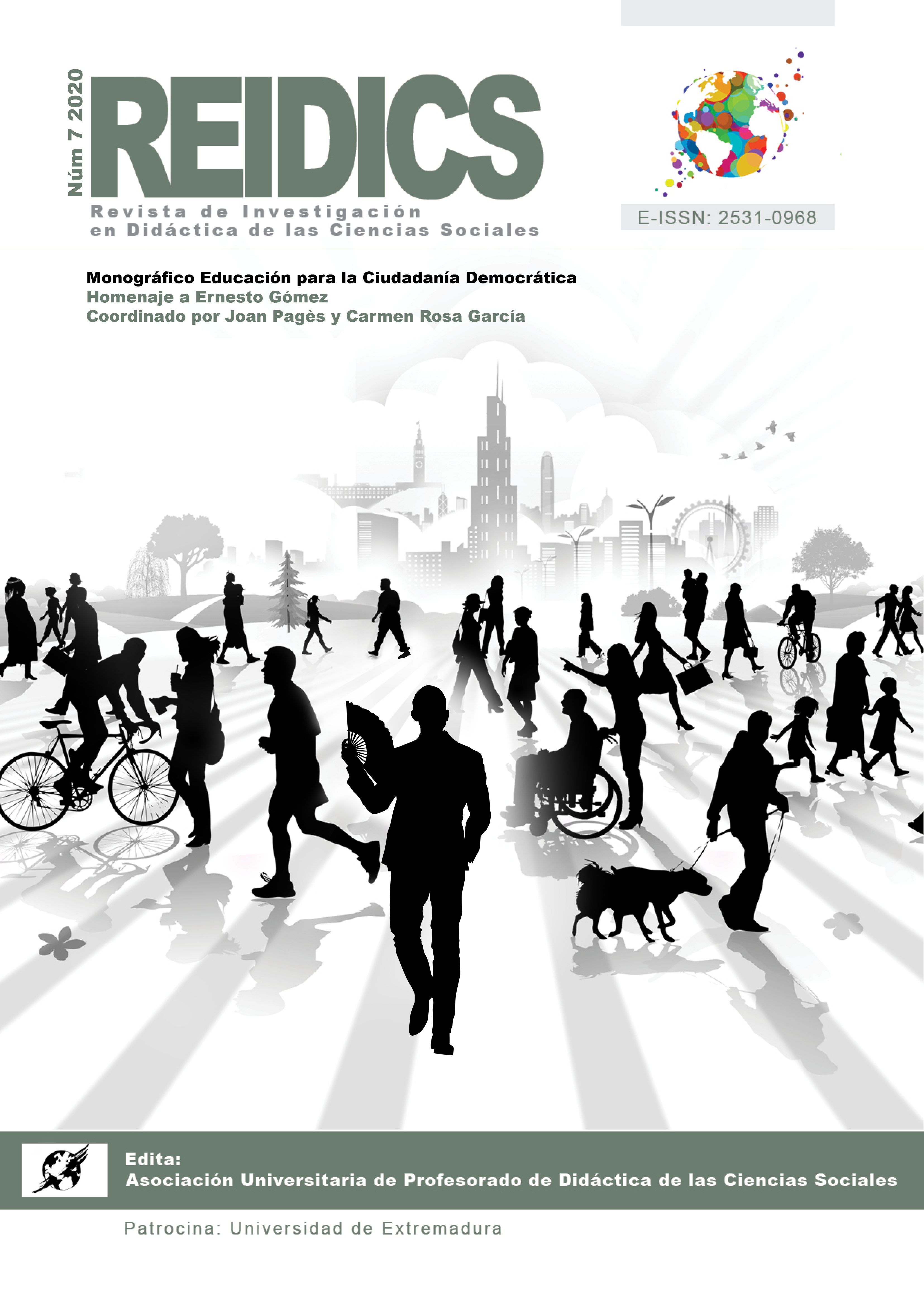Use of historical female figures to work the gender perspective in Social Sciences. A practical experience
DOI:
https://doi.org/10.17398/2531-0968.07.187Keywords:
didactics of social sciences, sustainable development goals, gender perspective, history, education for citizenshipAbstract
From the area of Social Sciences teaching, a special sensitivity has been shown for education from a gender perspective, being one of the educational areas in which this issue has been most developed, and one of the most recently developed lines of research. In addition to this sensitivity, in recent years the role that the issue of Sustainable Development Goals is gaining, among which is, as objective 5, gender equality. In this work, three didactic experiences of two subjects of Humanities and Social Sciences (Geography and History, Education for Citizenship and History of Philosophy) have been analyzed, whose main objective is to develop the curriculum of the subjects with the gender perspective. It is because, for students, both in the past and in the present, men seem to have a greater role as historical and social figures than women. The method with which we have worked is the comparative analysis of historical figures, to highlight this inequality, and to promote research on relevant female figures in each subject. The results are satisfactory because the students have discovered the leading role of female characters in different historical periods.
Downloads
Published
Issue
Section
License
Aquellos autores/as que tengan publicaciones con esta revista, aceptan los términos siguientes:
- Los autores/as conservarán sus derechos de autoría y garantizarán a la revista el derecho de primera publicación de su obra, el cual estará simultáneamente sujeto a la Licencia de reconocimiento de Creative Commons 4.0 BY-NC-SA que permite a terceros compartir la obra siempre que se indique su autor y su primera publicación en esta revista.
- Los autores/as podrán adoptar otros acuerdos de licencia no exclusiva de distribución de la versión de la obra publicada (p. ej.: depositarla en un archivo telemático institucional o publicarla en un volumen monográfico) siempre que se indique la publicación inicial en esta revista.
- Se permite y recomienda a los autores/as difundir su obra a través de Internet (p. ej.: en archivos telemáticos institucionales o en su página web) antes y durante el proceso de envío, lo cual puede producir intercambios interesantes y aumentar las citas de la obra publicada. (Véase El efecto del acceso abierto).
- Los autores y autoras han respetado la política de autoría de esta revista.







